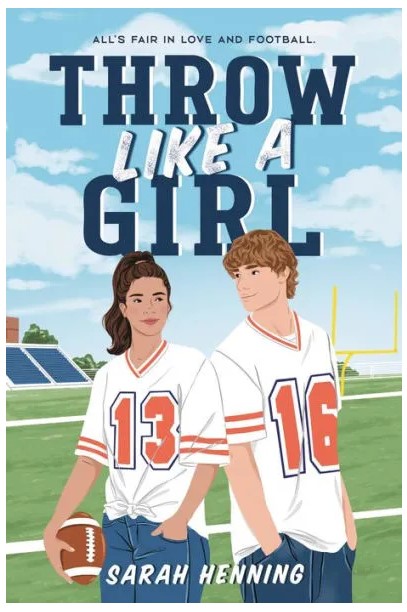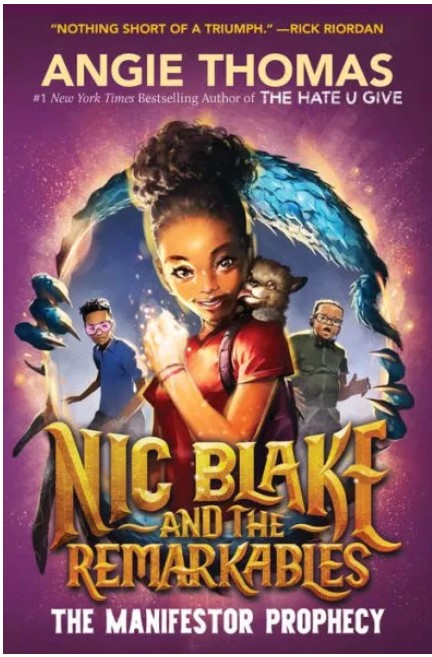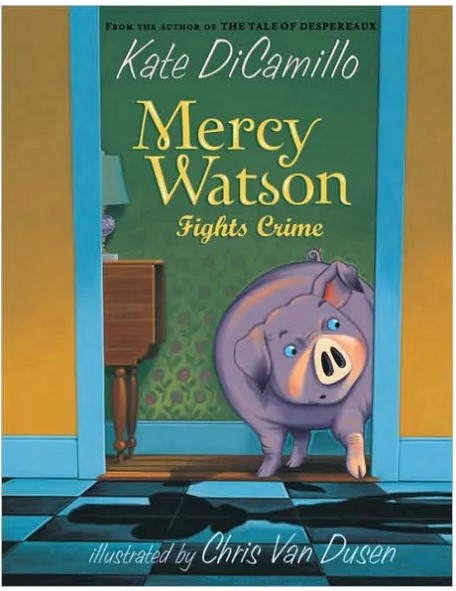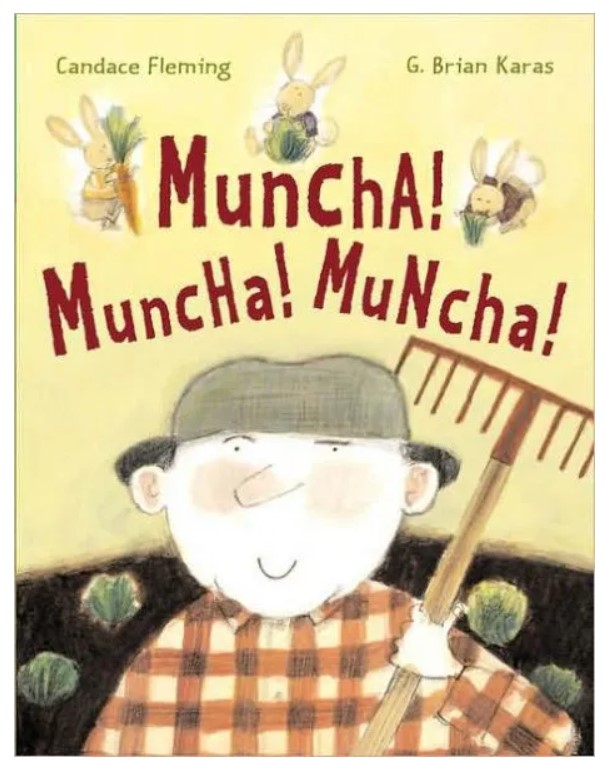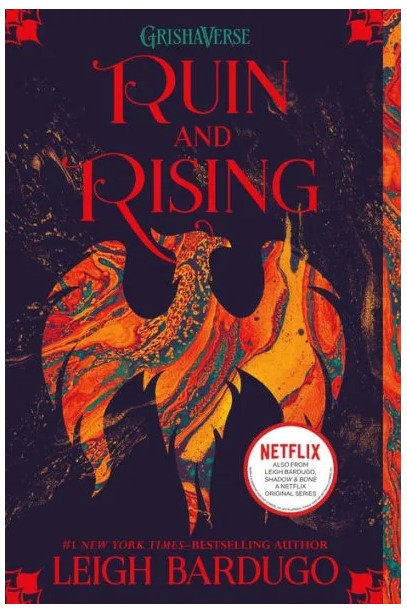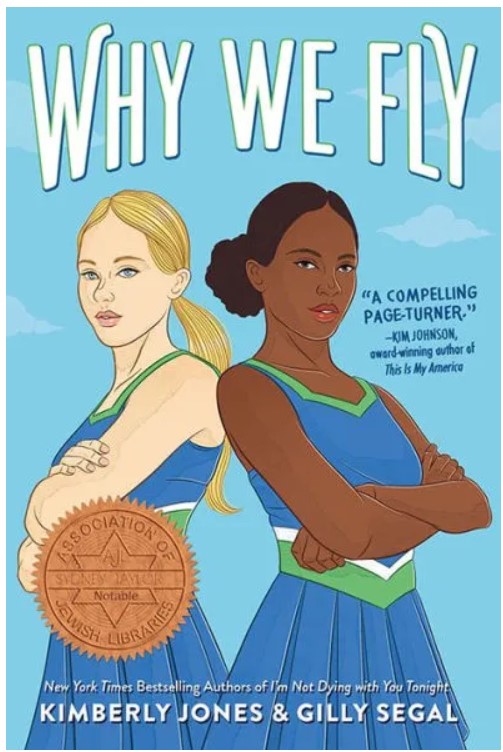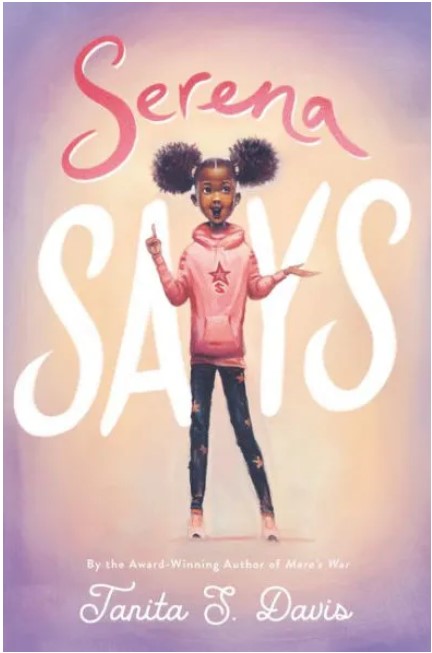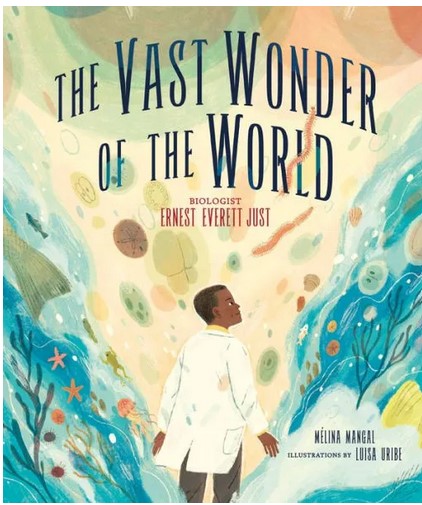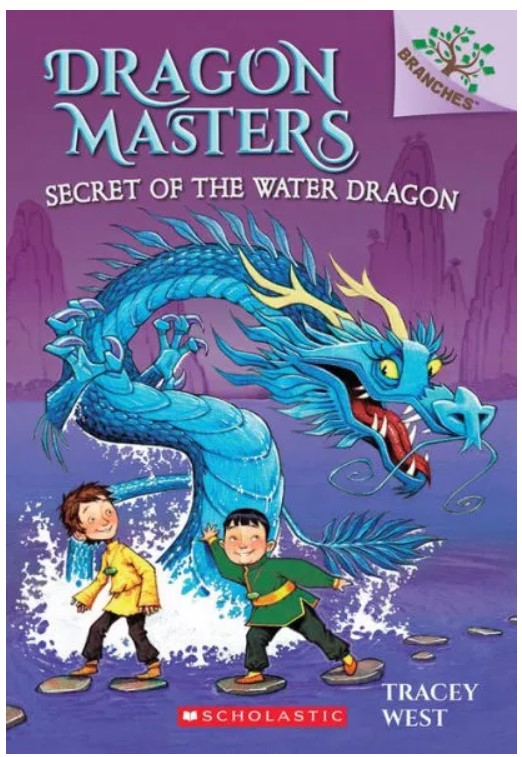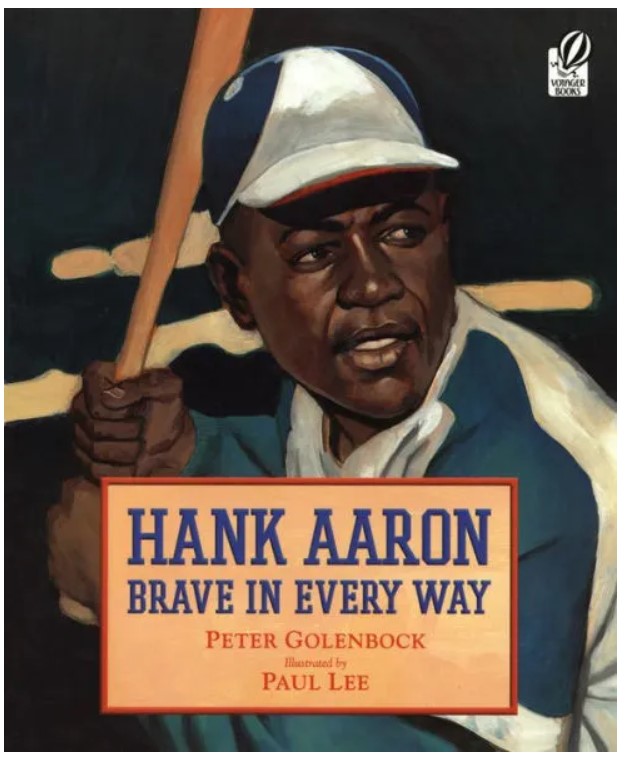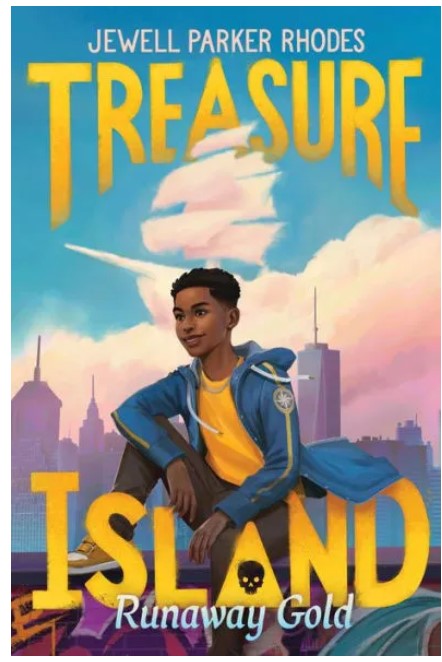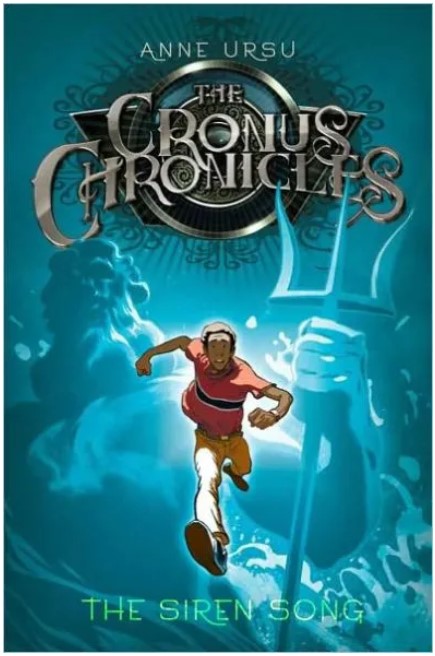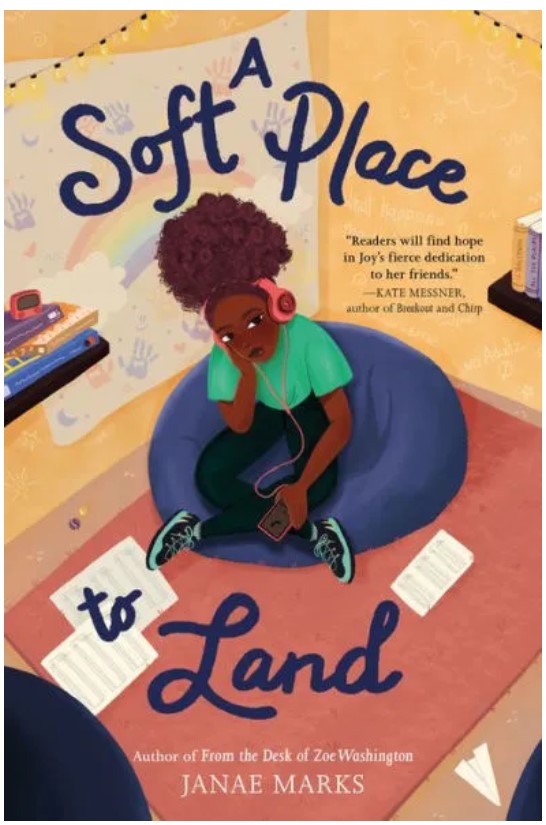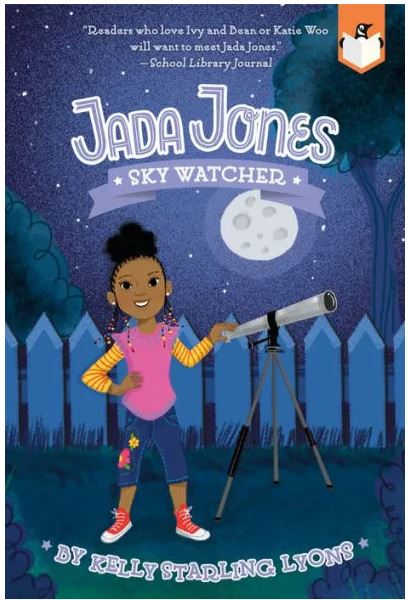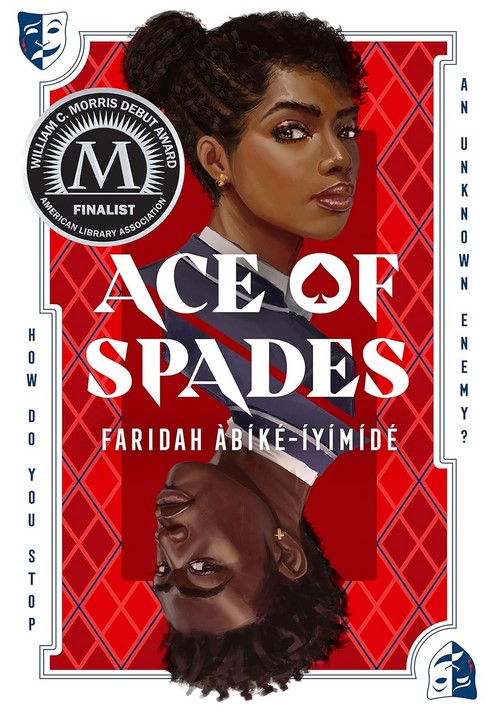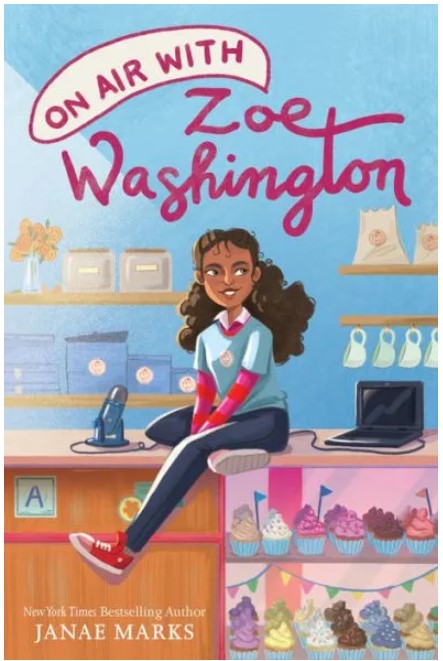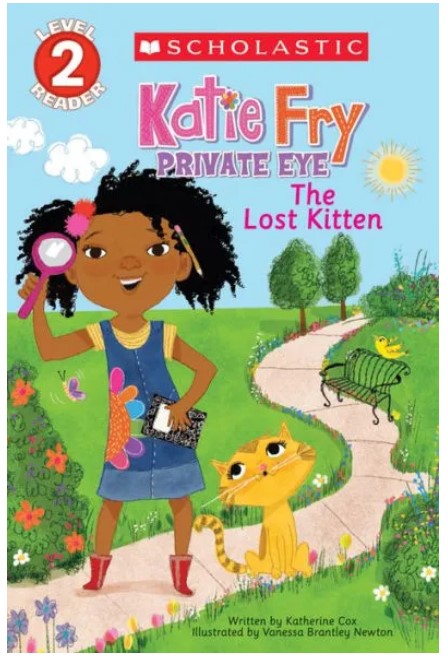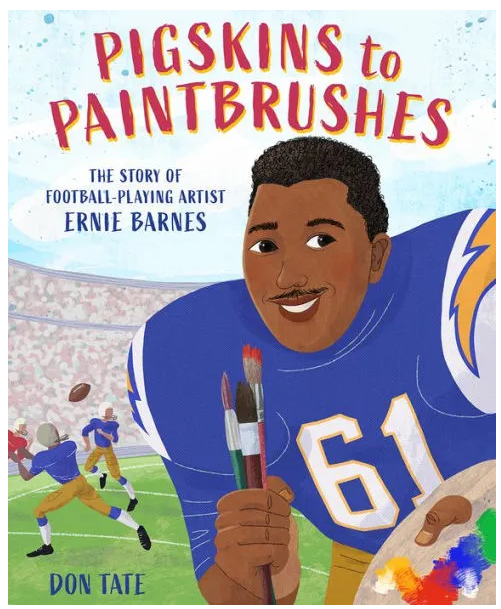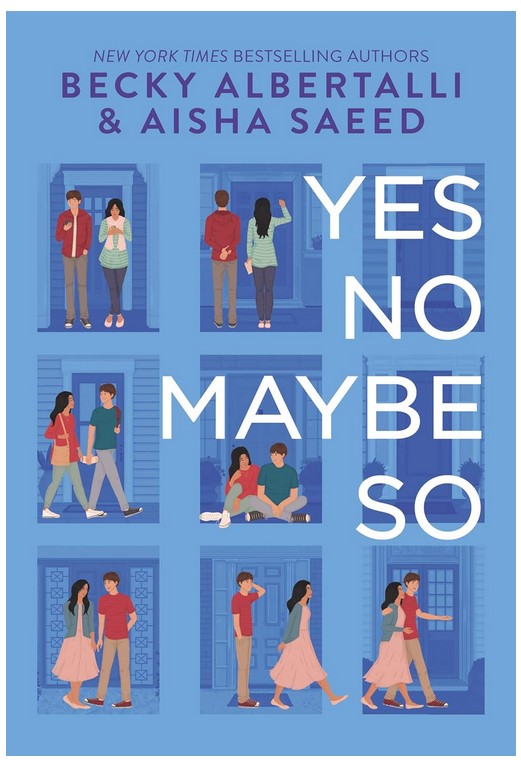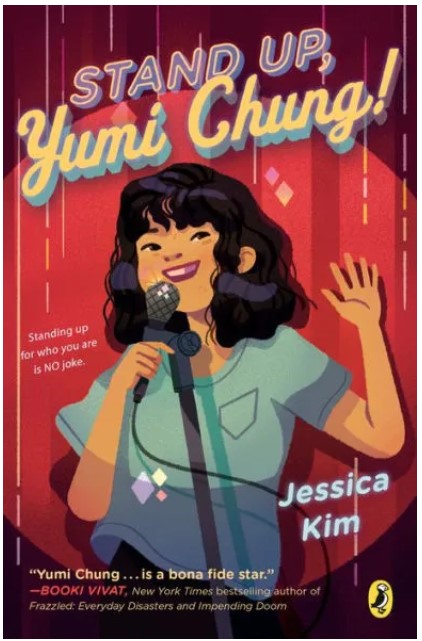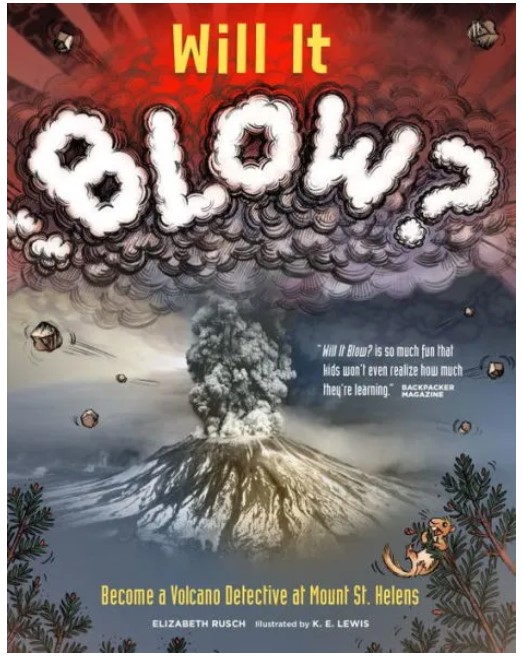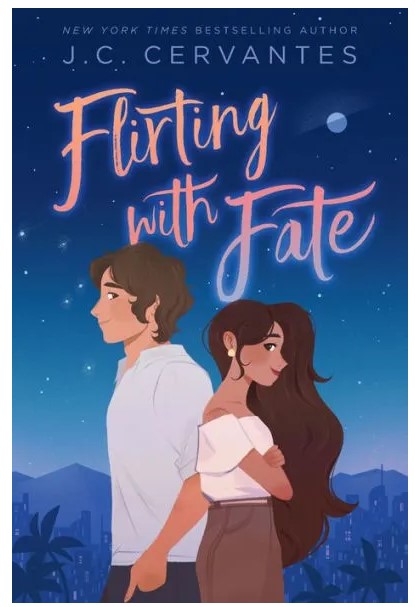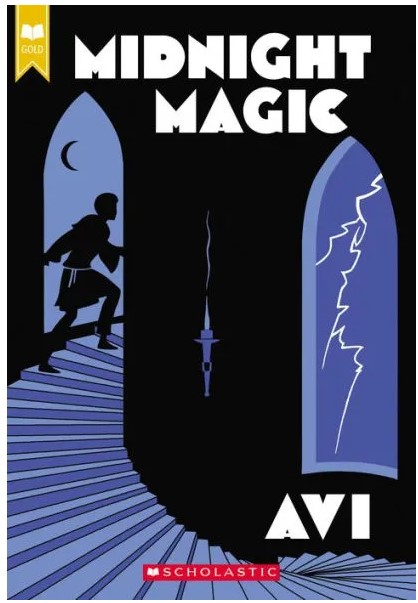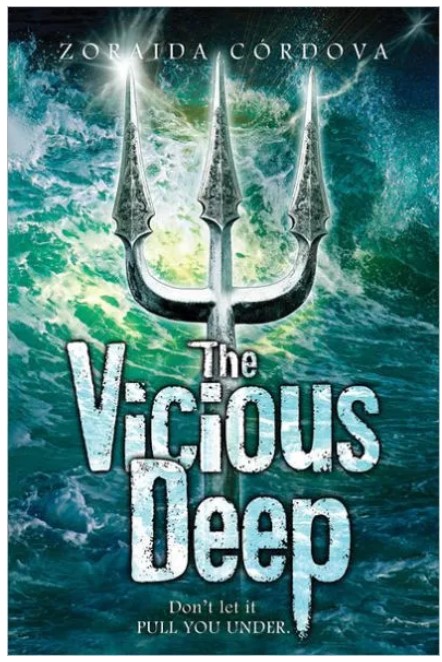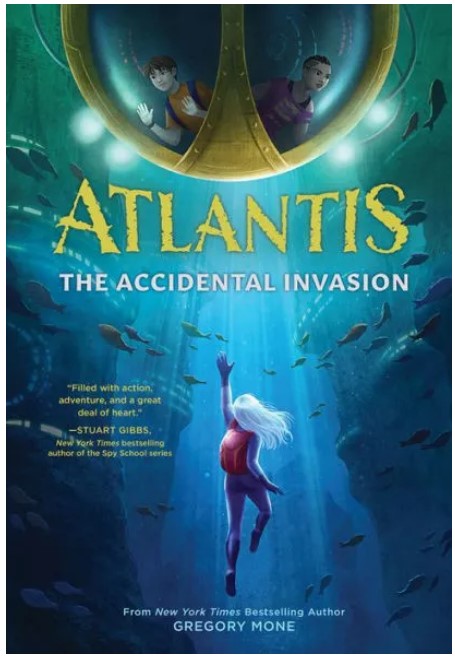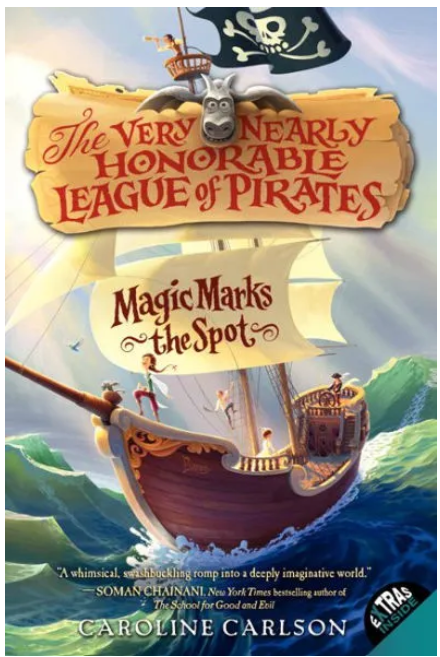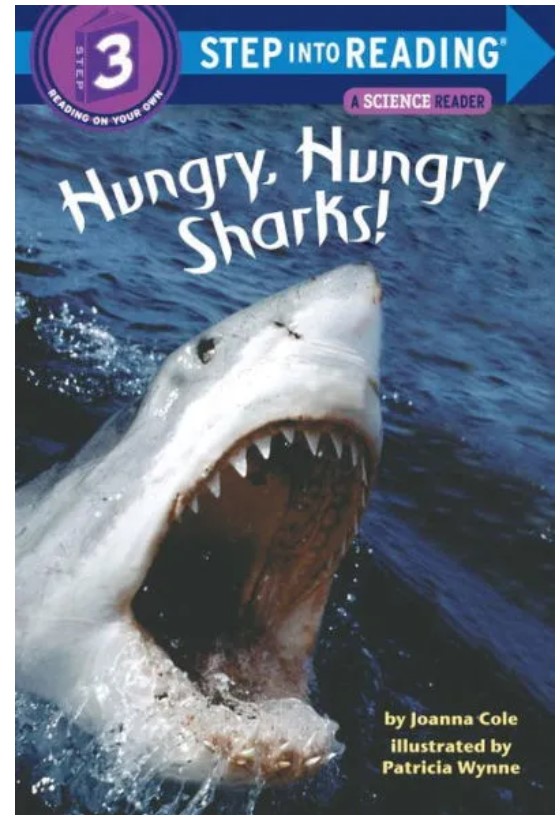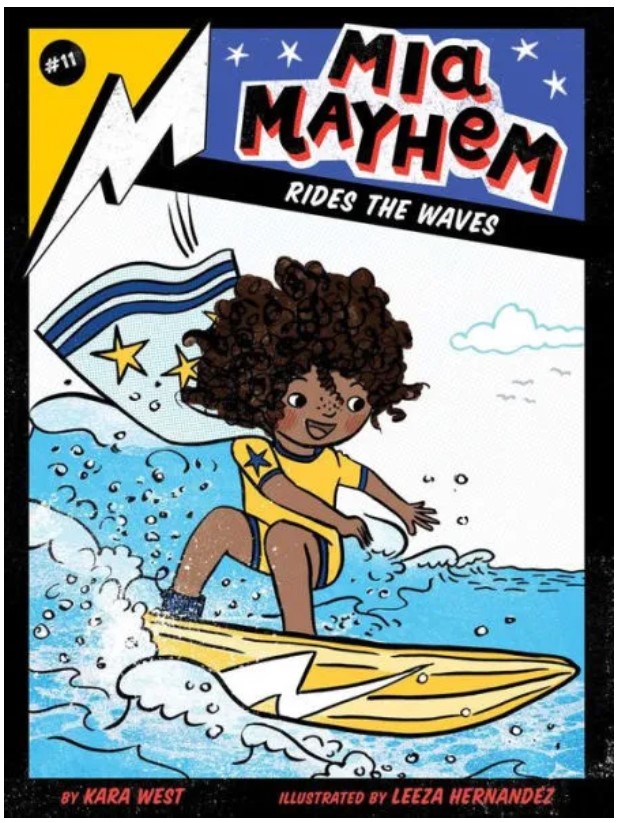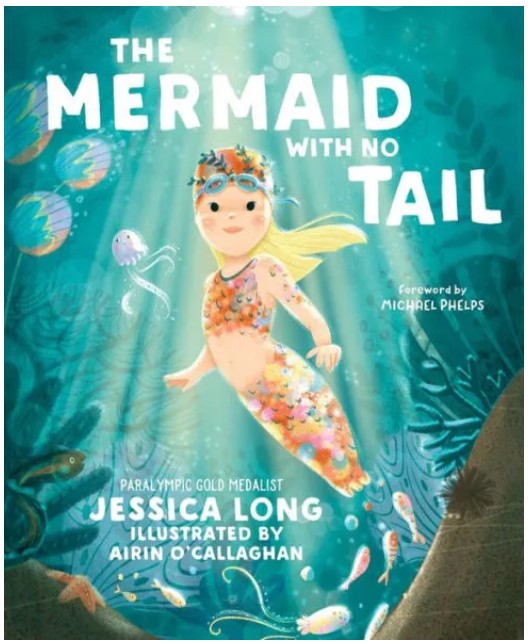When softball star Liv Rodinsky throws one ill-advised punch during the most important game of the year, she loses her scholarship to her fancy private school, her boyfriend, and her teammates all in one fell swoop. With no other options, Liv is forced to transfer to the nearest public school, Northland, where she’ll have to convince their coach she deserves a spot on the softball team, all while facing both her ex and the teammates of the girl she punched. . . Every. Single. Day.
Enter Grey, the injured star quarterback with amazing hair and a foolproof plan: if Liv joins the football team as his temporary replacement, he’ll make sure she gets a spot on the softball team in the spring. But it will take more than just a flawless spiral for Liv to find acceptance in Northland’s halls, and behind that charismatic smile, Grey may not be so perfect after all.
Readers will instantly connect with Liv, who is a hard-working, spunky protagonist worthy of admiring. When Liv is forced to change schools, she is determined to prove that she will be an asset to the softball team. Even though Liv joins the football team to impress the softball coach, Liv doesn’t slack or complain. Because of her competitive nature, Liv gives the football team 100% and proves to the players and the coaches that she is an integral part of the team. While Liv’s work ethic and athletic ability are admirable, Liv’s loyalty to her family and friends makes her lovable. However, Liv is not portrayed as a perfect person; teens will relate to Liv’s flaws and insecurities. Plus, Liv’s lively personality makes Throw Like a Girl incredibly fun to read.
Liv is surrounded by well-developed and likable supporting characters. Liv’s family is an important part of the story and her little brother is adorable. While Liv’s family don’t always agree with each other, they (usually) don’t hide secrets from each other. The family’s healthy dynamics make it easy to fall in love with them. However, Grey steals the show with his winning smile, his charismatic personality, and his confidence in Liv’s football skills. There are plenty of swoon-worthy moments that will have the reader’s hearts melting.
Throw Like a Girl has the perfect amount of football action, teen drama, and romantic moments. In addition, the story has a positive message because Liv learns that “standing up for yourself doesn’t mean walking away.” Readers will cheer for Liv when she’s on and off the field and by the end of the book, Liv will feel like a favorite friend. Throw Like a Girl is so charming that it will appeal to both sports fans and romance enthusiasts. For more sports and swoon-worthy moments read Defending Taylor by Miranda Kenneally and Better Off Friends by Elizabeth Eulberg .
Sexual Content
- When Liv first begins playing football, she is nervous about being a quarterback. During practice, Liv is uncomfortable because “for the eighth time in so many minutes, my hands are hovering near the rear-end seam of his pants. Like, right underneath his junk. Big, bulgy, manly junk.”
- Before a football game, Grey meets Liv outside the girl’s locker room. Grey’s “fingertips graze my cheek, moving down until they gently tip up my chin. My pulse stutters. . .” Before they can kiss, a friend interrupts them.
- When Liv drives Grey home, they sit in the car and talk. Then, “Grey closes the space between us, his lips warm against mine. They’re softer than I imagined, but the scrape of stubble pressing into my chin is 100 percent rough-and-tumble boy.” They stop when the porch light comes on.
- Grey and Liv kiss often. However, most of the kisses are not described. For example, Grey shows up at Liv’s house to check on her and her “arms lock his neck, lips to his.”
- During one conversation, between Liv and Grey, she thinks “We’ve made out and I’d love to do it again rightthehellnow. . .” Later in the conversation, Grey asks Liv to be his girlfriend. Liv “answer[ed] him with a kiss. Hard and full.”
- When his parents are away for the weekend, Grey invites Liv in and takes her to his bedroom. Then he tells Liv a secret. Liv “close the distance between us, twisting to push up onto my knees, draping my arms over his shoulders. . . I’m looking down on him, my chest touching his, the end of my hair pooling against his collarbone. . . And then I kiss him.” The scene ends here.
- Liv and Grey have an argument. A few days later, at football practice, they make up. “Even with the eyes of our teammates on us, he dares to touch my face, his strong hands cupping my cheeks, rough thumbs dusting my mouth in the breath before his lips crash into mine. Immediately, I wrap my arms around his waist. The hard planes of his chest conform to my curves. . . The wolf whistles start. . . It’s only by sheer, indoctrinated willpower that I’m able to pull myself out of the kiss.”
Violence
- Liv’s sister, who is a lesbian, is the softball coach. During a softball game, a member of the opposing team, Kelly, says, “Does it bother you? Your sister being paid to check out your teammates?” When the game is over, Liv attacks Kelly. Liv describes, “The knuckles of my hand smack her straight across the ski jump of her obnoxiously pert nose, and we tumble to the infield dirt. I have her pinned, my butt across her kidneys, knees on either side of her squirming stomach.” When the girls are torn apart, Kelly has a bloody nose and Liv has a black eye. The fight is described over three pages.
- During a football game, the opposing team is unnecessarily rough. One of the payers, Jake, gets tackled and afterwards he does not move. The coaches go out to check on him and call for a medic. Liv “exhale[s] as I realize that though they’re keeping him steady, not a single one is gripping him like he’s not moving under his own power. I can see Jake’s mouth moving. Blood streaming down from a cut over his left eye.” Jake is not seriously hurt.
Drugs and Alcohol
- During dinner, Liv’s adult sister drinks wine and her father “pops open a beer.”
- Grey takes Tylenol for a headache.
- After Liv goes on a date, her dad waits up for her. When she arrives, he has a “beer in hand.” Another time when Liv gets home, her father and sister are waiting for her and they both are drinking beer.
- Before the story begins, Grey was driving drunk and crashed into a tree. The accident isn’t described.
Language
- Profanity is used profusely. Profanity includes ass, asshole, bastard, bitch, crap, damn, dick, freaking, goddammit, hell, and shit.
- God is frequently used as an exclamation.
- Christ and Jesus are used as an exclamation several times.
- After fighting the opposing team, Liv thinks, “Maybe all the soccer players in Kansas City are smart enough to know that gay people aren’t pedophiles.”
- When a football player flips someone off, the coach says, “Put down that hand, Rogers, or I’m taking that finder as a sacrifice to the god of high school football. Might take that senior captain title, too, for good measure.”
Supernatural
- None
Spiritual Content
- While talking about sports, Liv’s best friend says, “God did not make you a volleyball player, that’s for sure . . .”
